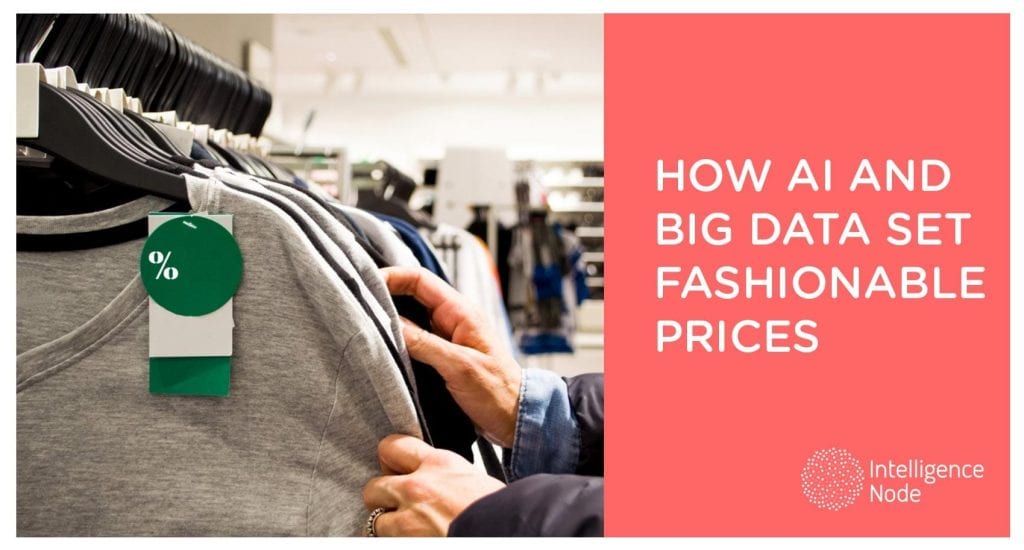Examining the increasingly digital, personalized sportswear market.
As with many retail sectors, the 2020-21 sportswear faced some unprecedented changes due to COVID-19 — both from customers and the market at large.
For starters, COVID’s impact can be seen in changing consumer values. On a surface level, demand for athleisure increased. The pandemic forced stay-at-home orders and work-from-home set-ups that naturally led people to ditch the buttons and collars in favor of comfort. And this comfort frequently manifested in athleisure — what with its multi-purpose functionality and often sleek vibe.
Another value that the pandemic shone a bright light on has been health consciousness. Sensitivity to health matters has, of course, been heightened to unprecedented degrees. As such, consumer interest in at-home workout options has grown — as has the desire for sustainably produced materials.
Beyond the customer, sportswear companies have seen firsthand the benefits of relying on flexible supply channels. COVID can thus be seen as a sort of wake-up call: In an uncertain world, the ability to adapt to market uncertainties is invaluable.
And perhaps no market adjustment is quite as stark as the adoption of digital channels. As we’ll discuss below, sportswear companies like Nike, Adidas, and Lululemon have all pivoted their operations (at times, quite dramatically) to build up their eCommerce and digital marketing avenues. They were undoubtedly headed in this direction prior to 2020, but COVID has expedited the process out of necessity.
So these, in a nutshell, are the biggest transformations seen in the 2021 sportswear market. But now we face the question: what will the sportswear market look like through 2022 and beyond? And what exactly are those big-name brands doing to stay ahead?
The future will be defined by the success of DTC eCommerce
Perhaps most prominent to the individual buyer, direct-to-consumer (DTC) channels are unquestionably becoming the new normal.
More and more of the sportswear market is “cutting out the middleman,” so to speak, relying on their eCommerce capabilities instead of physical stores and third-party vendors. In fact, Nike, Adidas, Puma, and Under Armor all saw DTC account for a greater share of their 2021 sales than in 2019. (Adidas, at the front of the pack, now attributes over 40 percent of sales to DTC; that number is expected to surpass 50 percent by 2025).
Apart from the convenience of shortening the supply chain, DTC channels benefit these retailers by embracing new-age technological capabilities. Specifically, access to user data — both on individuals and demographic groups — enables smarter recommendations and product assortments. In other words, DTC opens the door to a newfound level of personalization.

What this means, from a big picture lens, is a vastly improved user experience from a number of angles. One of these angles is customer relationship building — DTC eCommerce literally gives you direct access to communicate with consumers (and, in turn, fulfill their desires/assuage their pain points). Another angle: Strategically targeted product deals, rewards and promotions, and loyalty programs.
Now when we pair this tech-minded DTC movement with the current commitment to sustainable production, we get something that every company craves: A brand image that breeds customer loyalty.
The cutting-edge user experience that DTC channels enable is essentially a long-term marketing technique. Greater experience cultivates brand loyalty which, in turn, spawns a greater ROI per customer in the long term.
Success stories: How Nike, Adidas, & Co. are thriving in unprecedented times
Let’s ask: What do these tectonic shifts in the sportswear market mean for the big name brands out there?
Well, for Nike, they meant a quick resurgence after the initial early-Covid-induced dip in sales. With a newfound commitment to online channels, Nike’s sales through those channels ballooned by over 80 percent over the summer of 2020! To be fair, Nike was already trending in this digital direction; pre-Covid projections were that 30 percent of revenue would be digital by 2023.
That number, though, has already been eclipsed. With such substantial returns, we can only expect Nike to dig deeper into this gold mine. Specifically, Nike has used (and will likely continue to use) digital channels to offer exclusive, custom products (namely, shoes). One particularly notable pricing strategy Nike employed was making their at-home workout platform entirely free. The result was increased accessibility, bringing in over 50 million new users who became loyal, paying customers of Nike retail products. But more importantly, this gave Nike access to these new users’ data; with this data, the sportswear giant could then optimize prices to be as competitive and lucrative as possible.
As mentioned above, Adidas has put an industry-leading premium on eCommerce sales. But they’ve also done the extra leg by investing more in digital marketing. One striking development is their newfound interest in hosting ads on Snapchat. Over the past few years, Adidas has committed more and more ad spending to this social media channel — thanks to an ROI boost of over 50 percent in European markets. Whether or not Snapchat marketing continues to be so effective long-term may be uncertain, but it’s safe to expect sportswear giants to keep expanding their creative digital advertising.
Otherwise, Adidas’ 2020 financial review cites pricing flexibility as a major factor in weathering the Covid-induced storm. In their own words, they “exploit growth opportunities… according to market realities.” Thus: By committing to dynamic pricing and extensive market analysis, Adidas puts itself in a position to optimize its profitability with respect to its competitors.
Another big winner in athleisure has been Lululemon, whose revenue from DTC channels now accounts for 49% of the total sales. This despite years of downswing with their in-store sales. CEO Calvin MacDonald credits this recent growth to their timely adaptation of DTC eCommerce avenues… As well as their acquisition of Mirror. The on-demand personal fitness app adds a new dimension to Lululemon, providing a timely offering that’s engaged a whole new user base — much like Nike did. And much like Nike, this new app channel has equipped Lululemon with deeper customer data with which to optimize prices.
Looking ahead: Sportswear and retail at large depend on strong market intelligence
Whether it’s DTC channels, digital commerce, or sustainable production, embracing the new isn’t just about following trends.
These strategies have allowed companies like Nike to strategically grab a hold of rising markets, even through a pandemic. With at-home life gaining prominence, Nike and Co. quickly seized the newfound athleisure demand. As running, biking, and virtual fitness gain steam, so too do Nike and Co. fill the gap. And as target demographics — most notably, female buyers and the Chinese market — contribute to more and more sportswear sales, Nike and Co. are adapting to offer them exactly what they want.
The takeaway here is that these brands have not only adapted to market changes, but they’ve taken advantage of these changes to win over new segments of opportunity. They’ve adjusted to fluctuations in real-time with everything from their marketing priorities to pricing models.
Their success through a global recession is as powerful evidence as any of the merit of real-time, across-the-board market intelligence. So if you want to know how your brand can use such data-driven insights to inch ahead of the competition, book a free demo to chat it over!





